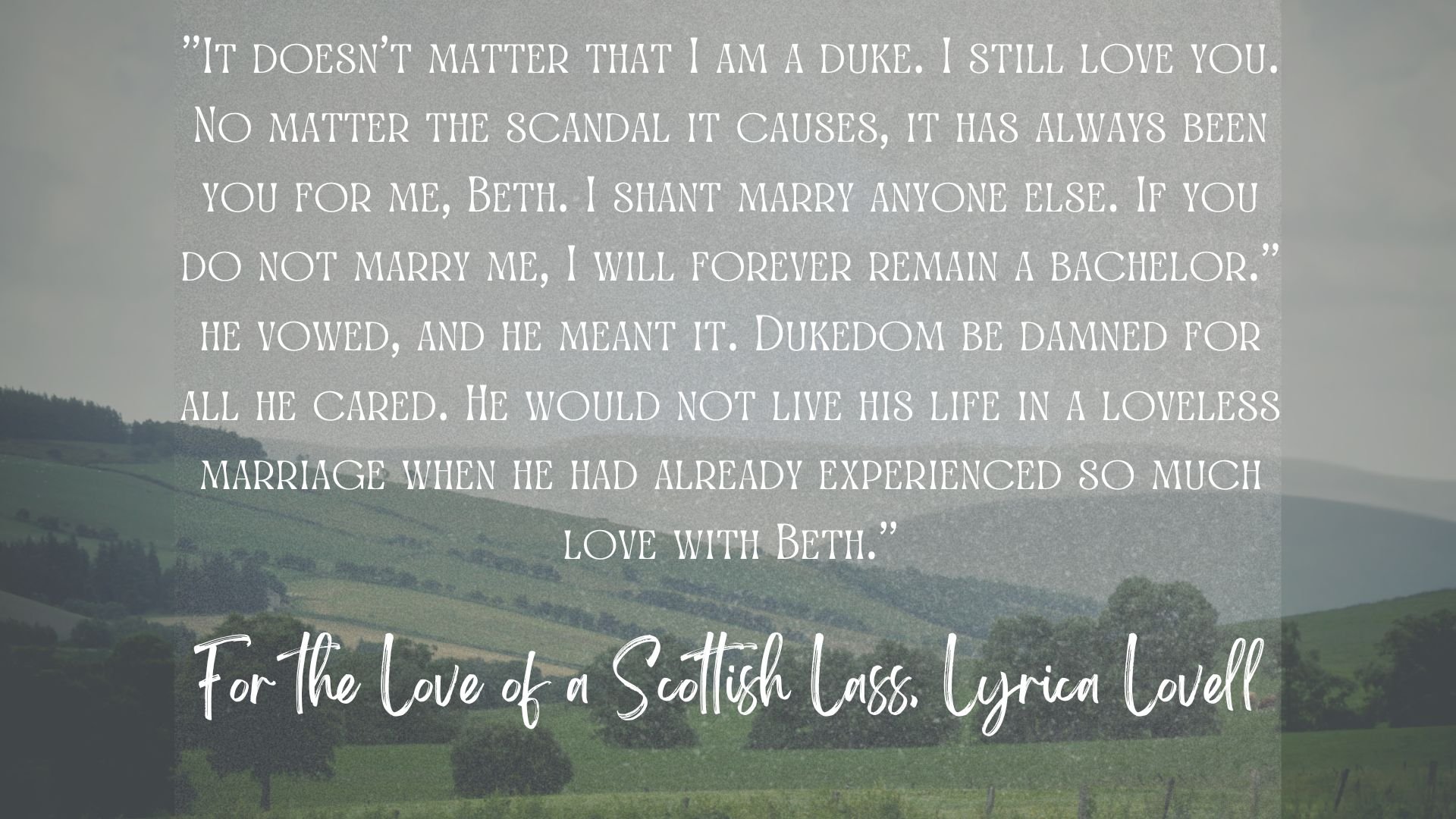
Historical Significants of a Cabbage Plant in the Regency Era (1811-1825)
When a regency author creates the setting for their story, food is one of the most overlooked elements. For example, how would you feel if your favorite romance novel set in London only mentioned inns and tea shops? Or if there was no mention of the food at all? It wouldn’t be very appetizing, or historical for that matter! Eating is a huge part of our culture and was especially important during the Regency Era (1811-1825). The following blog post will discuss some historical significance related to cabbage plants during this time: what they are; what they looked like, and some symbolism associated with them. Plus, did you know that cabbages were served pickled at dinner time? Nothing says romance like a pickled cabbage plant!
What is a Cabbage Plant?
In the Regency era, cabbage was a vegetable. Likewise, you will find that in 2022, the cabbage plant is still a vegetable. So, not much has changed in that regard. More specifically, it is part of the cruciferous vegetable family, which includes broccoli, cauliflower, kale, bok choy, and brussels sprouts. The majority of these plants are biennials. While they have edible leaves and heads that you can eat raw or cooked (boiled), they also have stems that can be used as a source of fiber for clothing or paper production.
What Does a Cabbage Plant Look Like?
A cabbage plant is a green and leafy vegetable that grows from the ground. It has a long stalk, which may be hollow or filled with water, sometimes called the “heart,” at its base. At the top of this stalk is a round, green head (called an “eye”), often used as a food source or decorative plant. In the Regency era, you might find cabbage plants in a kitchen garden.

The Symbolism of a Cabbage Plant
The cabbage plant is a symbol of profit in the Regency era. In other cultures and time periods outside the Regency era, it was also a symbol of abundance, purity, and fertility.
The cabbage plant is a vegetable grown for personal or commercial profit. You can use it to make sauerkraut and other profitable foods to sell in markets. Farmers frequently grew cabbages during this period in England and then sold them at markets in London and other cities around England, making money from their sales.
Cabbage plants are not the only plant that has historical significance routed in the regency era, monkshood, and thistle were also symbolic and can be incorporated into romance novels.
Putting a Cabbage Plant in Your Regency Romance Novel
The cabbage plant is one of the most overlooked plants in Regency Romance novels. This plant symbolized profit in the Regency era, so it’s a surprise that authors don’t weave it into their stories more. After all, nothing screams romance like a cabbage plant. No, all jesting aside, if you wanted to add the historical element of symbolism behind a cabbage plant to your romance novel, you could weave cabbage plants into a conversation among your characters. You could also incorporate it into a discussion about various coat-of-arms or put it on the hero’s coat-of-arms. Did you know that the house of Raconis had three cabbage heads on their coat of arms during the regency era, according to the 1819 issue of La Belle Assemblée? You can read a snip from the issue on cabbage plants below.
If none of these are your cup of tea, weave it into dinner time! An excellent pickled cabbage will do.
Writing a Regency Romance Novel
You should now be able to write a cabbage plant into your story confidently. You know what it looks like, its symbolism, and the cabbage plant’s history during the regency era. The next time somebody asks you how they can get started writing their novel, tell them to start by planting some cabbage for inspiration! While this would probably get you a good laugh, or an odd look, you would be better served to send them to lyricalovell.com to check out all the historical resources and tips for writing Regency-era novels!
Pin it!

Lyrica Lovell
Lyrica Lovell is a regency and historical romance author. She loves to pen historical romance novels hailing from England and Scotland in the early 1800s. Lyrica fell in love with the genre when she was 16 and has read over 400 books within the regency romance sphere. Not only does she love to write the genre, but she loves to read just about everything in it. Stick around for fantastic book reviews, short stories, and more.
You May Also Like

5 Moments Every Regency Romance Novel Should Include
March 13, 2022



2 Comments
taking likes off instagram
Hey! Do you use Twitter? I’d like to follow you if that would be ok.
I’m undoubtedly enjoying your blog and look forward to new posts.
Cheapest eBooks Store
Howdy, i read your blog occasionally and i own a similar one and i was just wondering if you get a lot of
spam responses? If so how do you prevent it, any plugin or
anything you can suggest? I get so much lately
it’s driving me crazy so any assistance is very much appreciated.